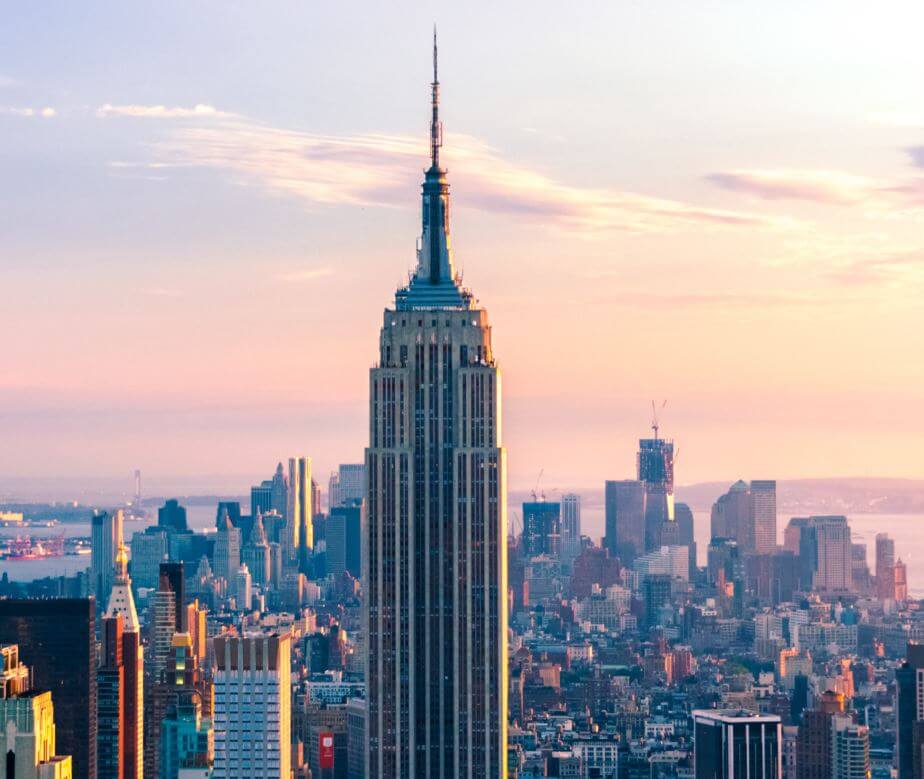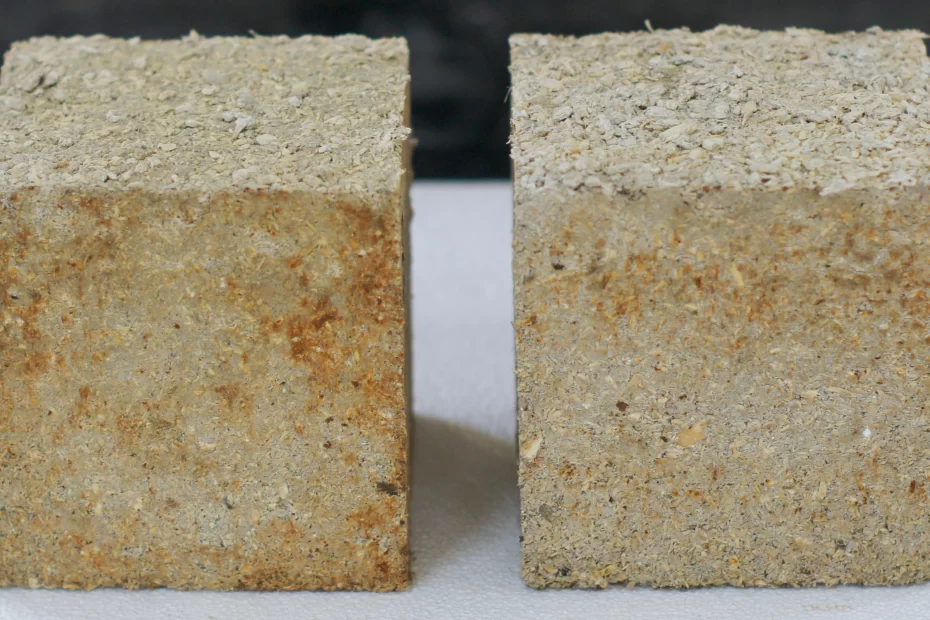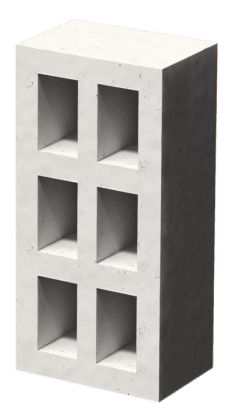The Empire State building is one of the most iconic structures in the entire world! It stood the test of time and defied many odds right from its inception. It was built during the Depression in 1930-31 and retained the world’s tallest building title for 41 years. In 1972, the World Trade Centre, another historic NYC building, claimed the distinction. At a mere 1250 ft, today it is less than 50% the height of the tallest building in the world, the Burj Khalifa. And yet, it is one of the world’s most popular buildings.

The Empire State has another laurel to its kitty: it was built in a record time of 1 year and 45 days by 3000 workers, including Sundays and holidays. But that’s not all. It comprises 54,000 metric tonnes of steel, 5,600 cu.m. of Indiana limestone and granite, 660 tons of aluminium and stainless steel, and a whopping 10 million bricks! As a result, it most certainly wasn’t the greenest of buildings to begin with. Just the usage of 54,000 metric tonnes of steel would have resulted in about 108,000 tonnes of GHG emissions.
…it’s considered a white elephant for a completely different reason. The Empire State is not exactly energy efficient.
The Empire State also retains another distinction: one of the world’s great white elephants. According to the New York Times, it failed to turn a profit until 1950 simply because it couldn’t convince enough tenants to occupy its offices. The Great Depression and World War II were to blame as well. But even in the 2000s, it failed to compete with the sleeker skyscrapers that started redefining New York’s skyline. To date, the most valuable assets are the observatory decks, which attract a whopping 4 million visitors annually. But in today’s context, it’s considered a white elephant for a completely different reason. The Empire State is not exactly energy efficient. In 2009, the annual electricity bill was a mind-boggling US$11 Million! Despite the retrofit to improve the energy efficiency of the building, it still costs at least US$7 Million annually to power it, which brings us to the question…
…What if the Empire State was built using Agrocrete®?
First of all, a disclaimer. I’m not saying that the entire building could be built using Agrocrete®. The many advances in technology, which made the other skyscrapers of NYC more attractive than the famous white elephant, could be put to good use to work with Agrocrete®. As a brick replacement, Agrocrete® blocks would have proferred many benefits that would’ve reduced its carbon footprint and the cost of its operation – goals the current owner of the Empire State is actively pursuing.
Using Agrocrete® blocks… captured almost 2,900 tonnes of carbon dioxide… consuming almost 17,550,000 kWh lesser annually… 7,000 tonnes of lesser carbon dioxide emissions.
The 10 million bricks used in the construction might have caused around 4,900 tonnes of GHG emissions. Using Agrocrete® blocks instead of the clay bricks would have prevented those emissions and captured almost 2,900 tonnes of carbon dioxide from the atmosphere, offsetting some of the emissions caused by the structural steel, aluminium, and other materials. Admittedly, Agrocrete® couldn’t have offset the entire 108,000 tonnes of carbon dioxide emissions from the steel used in the building, but it has another trick up its sleeve.
Thermal insulation.
Before the energy-efficiency retrofit in 2010, the average energy demand for the 2,700,000 sq. ft. building was almost 26 kWh/sq.ft., and this was because clay bricks are extremely poor insulators. After a total expenditure of around $106 million, they could bring down the energy demand to 17.5 kWh/sq.ft., a commendable 38% reduction. But, had the original builders used Agrocrete® blocks instead of the clay bricks (provided Agrocrete® existed in 1931, of course!), the energy demand could have reduced by 25% compared to the base case scenario of clay bricks.
Now, what does that mean?
Pre-retrofit, the Empire State Building made using Agrocrete® would have had an energy demand of only 19.5 kWh/sq.ft., consuming almost 17,550,000 kWh lesser annually, which would have been enough to power almost 1600 households. In CO2 terms, we are talking about 7,000 tonnes of lesser carbon dioxide emissions. You would have to drive an average gasoline car along the Earth’s circumference 873 times to cause as many CO2 emissions!
Alas, there isn’t much that we can change about the bygone past. But imagine the impact we could create if every new building on this planet is built with Agrocrete®.
Let me know your thoughts in the comments below.
fin.
Sources:
1. https://rmi.org/wp-content/uploads/2017/04/Buildings_Retrofit_EmpireStateBuilding_CaseStudy_2009.pdf
2. https://www.pbs.org/wgbh/buildingbig/wonder/structure/empire_state.html
3. https://www.scientificamerican.com/article/making-big-apple-green/
4. https://www.lovemoney.com/gallerylist/76796/white-elephant-projects-that-defied-the-critics



